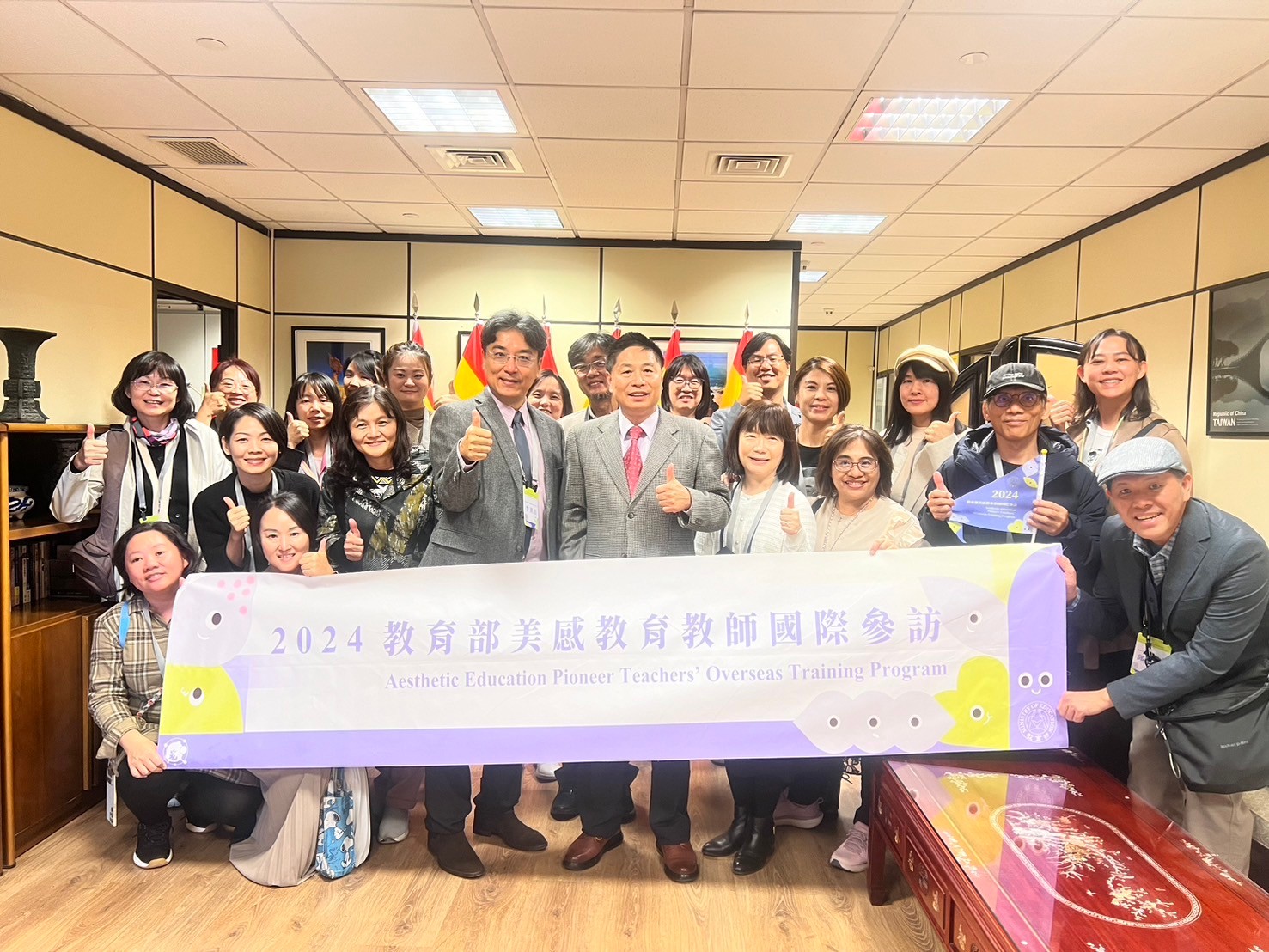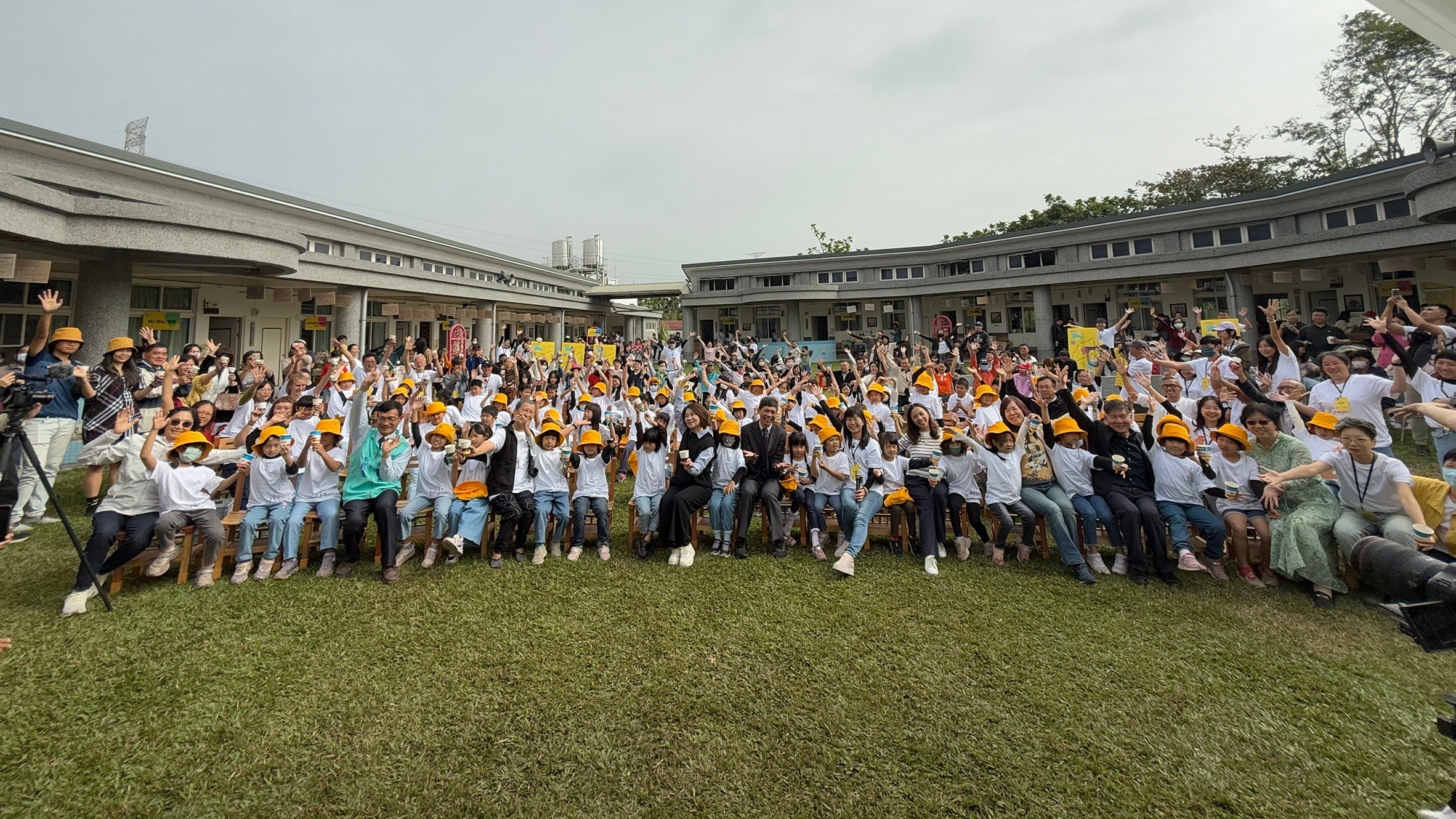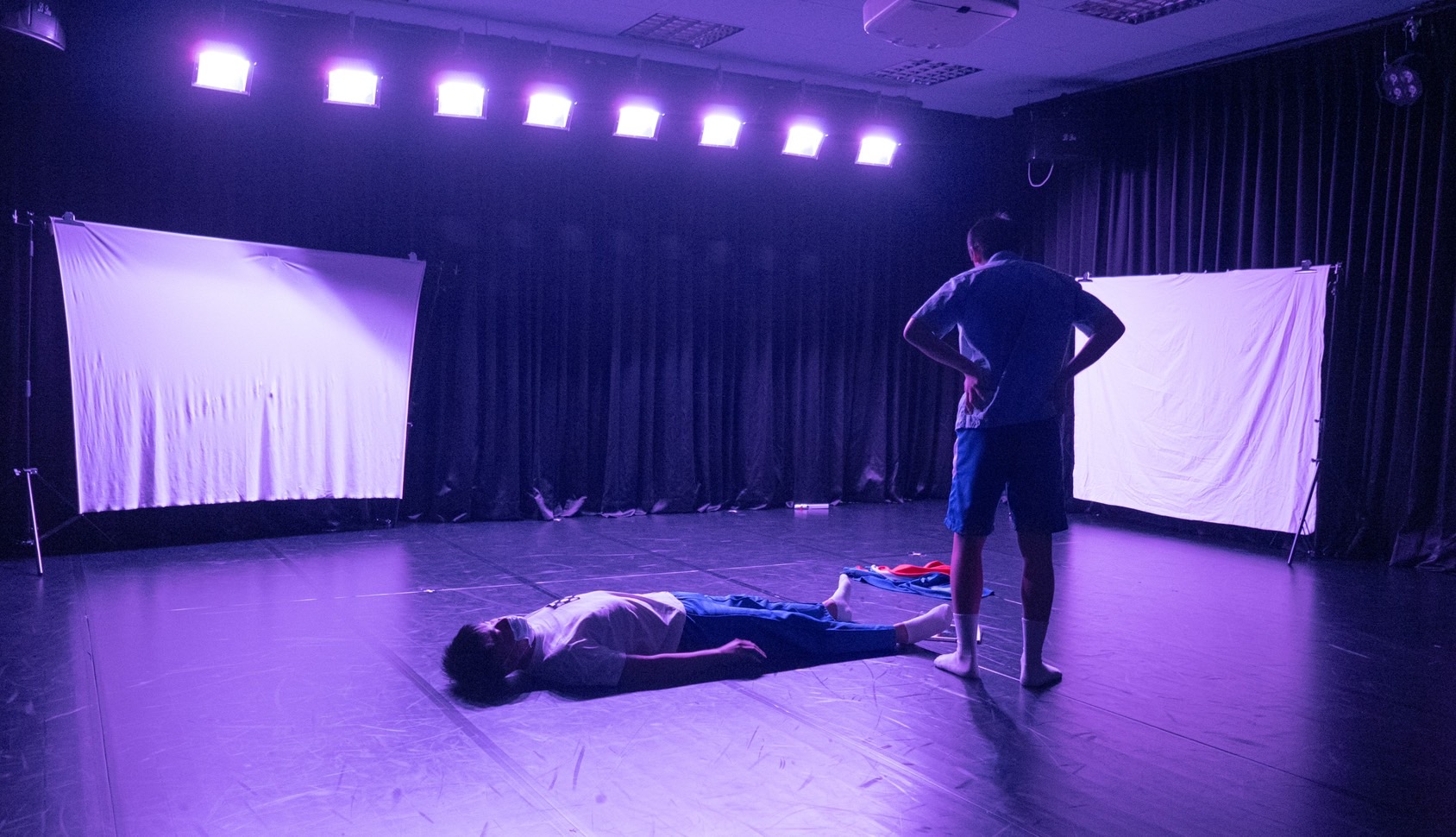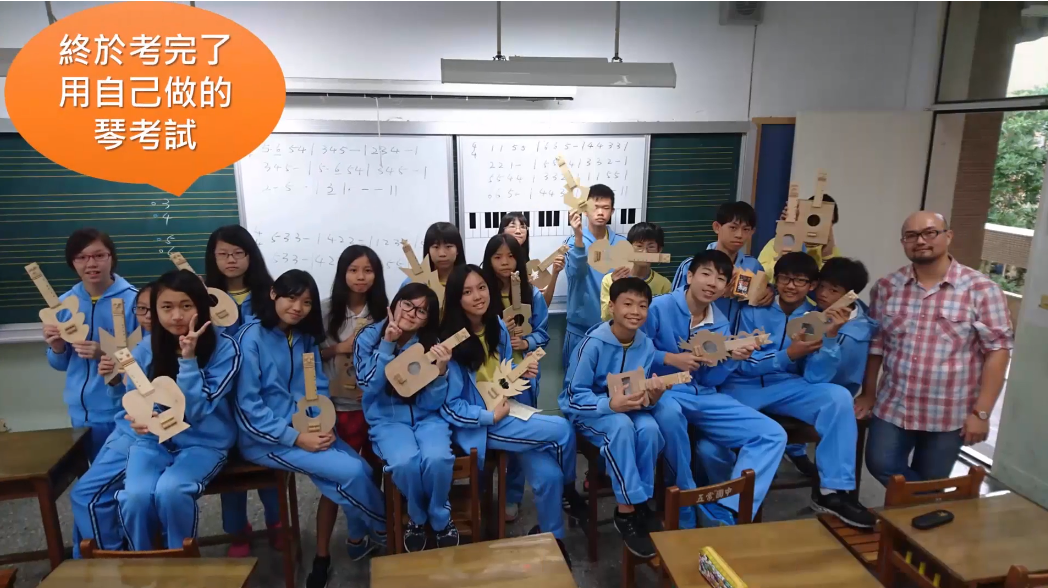
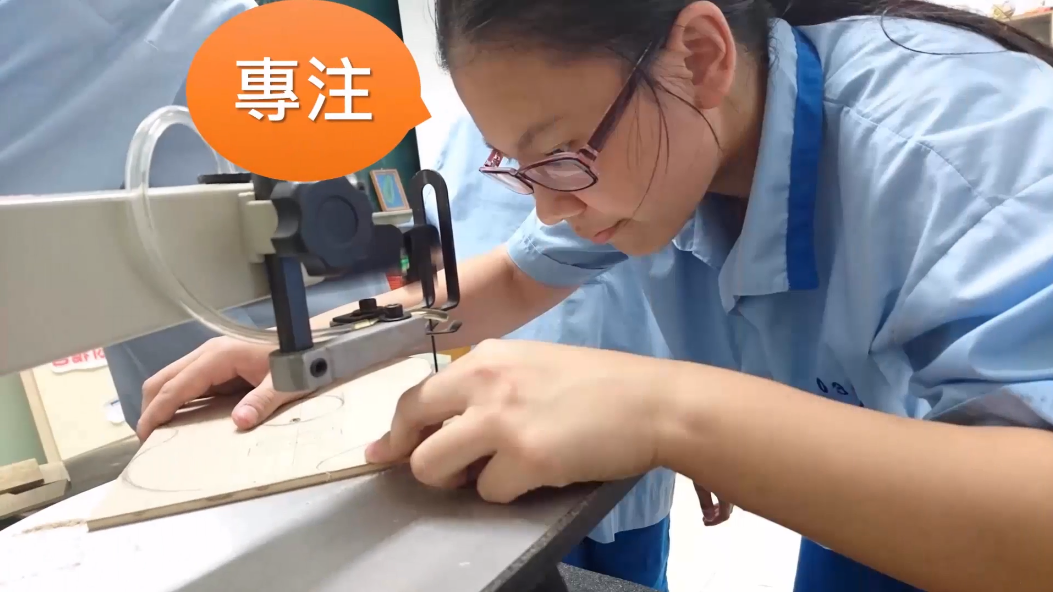
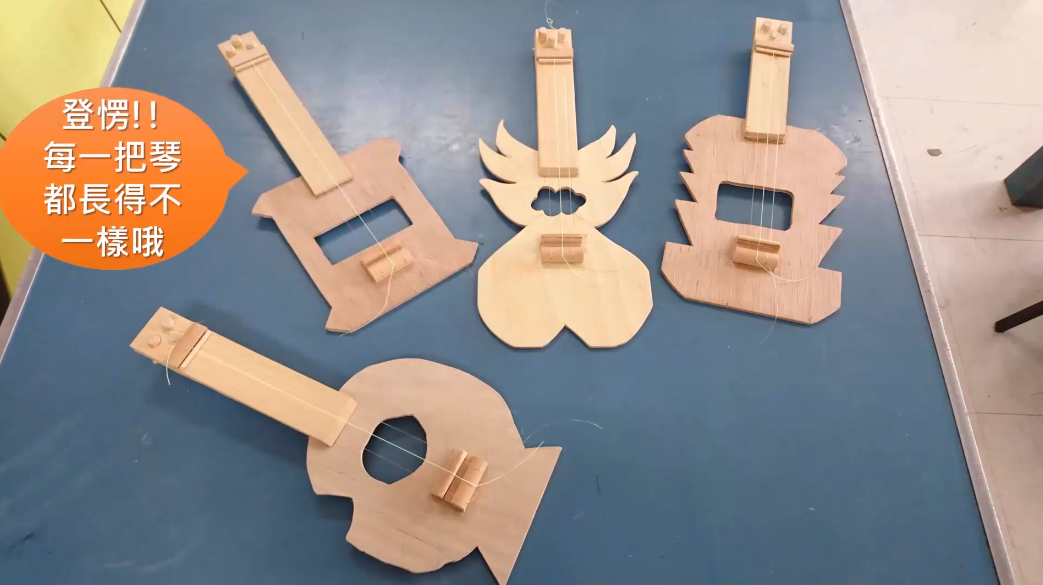
News source: United Daily News/Wu Peimin
Can you also learn woodworking and sound wave theory while playing the piano? The Ministry of Education's mid- and long-term aesthetic education project is coming to an end this year. Taiwan Normal University has been commissioned to provide cross-field teaching in primary and secondary schools in various countries, hoping to subtly cultivate students' aesthetic literacy. The results were exhibited at National Taiwan Normal University this month. Some schools use shamisen-making to teach physics, chemistry, and mathematical concepts, while others combine biology, history, and fine arts to develop unique and innovative courses.
In recent years, the Ministry of Education has commissioned the National Taiwan Normal University to implement the "Interdisciplinary Aesthetic Education Experimental Curriculum Development Plan for Secondary Schools and Elementary Schools", with the art field as the core and cooperation with teachers in different fields, hoping to add value to the teaching effectiveness of various subjects. , Subtly influence students' aesthetic literacy.
The project has now involved 1,850 teachers in 192 schools across Taiwan, and a total of 370 curriculum plans have been implemented. So far, a total of 15,336 students have experienced the new teaching method.
Among them, Taipei City Wuchang Junior High School has designed a unique aesthetic education experimental course since 2014, using the balalaika to combine cross-field concepts such as music, life science and technology, and physics and chemistry. Students use their own pianos to play, and not only learn woodworking skills, but also The wonderful thing is that you can also learn the physical and chemical sound wave theory, as well as the mathematical rule and compass construction.
Chen Yingru, a life science and technology teacher at Wuchang Junior High School, said that the curriculum plan will first teach students how to make a piano in the second semester of seventh grade. In 10 lessons, students will be taught how to use wooden boards, wooden strips and fishing lines to make a tuneable shamisen. In the first semester of eighth grade, students enter music and chemistry classes. They teach students the Pythagorean scale. They know that when the knob is tightened, the pitch will rise, and vice versa. It will also verify the concepts of sound waves and resonance in the chemistry subject. Students must also pass the piano playing test. .
Chen Yingru said that the reason for planning this course is because the maker culture has become more popular in recent years and students are encouraged to do things by hand. During preparatory work, students first draw a picture on A3 size paper to outline the outline of the piano, and then use a ruler or compass to build the piano body with the same proportions out of wood. The concepts such as scale learned in the process can exactly echo the mathematics unit. .
Zhudong High School in Hsinchu County, which also participated in the project, uses the "Tree of Life" as the main curriculum, combining the four subjects of biology, history, art, and English to allow students to understand themselves and see the world through the five senses. The Biology Department plans ecological investigations, resin specimens and tree climbing experiences; the History Department teaches waste recycling and creation; the Art Department allows students to create self-portraits and create self-brands; and English teaches students to create video poetry.
The art curriculum planning is based on Wangari Maathai, the Nobel Peace Prize winner in 2004, and leads students to create "Wangari" themed window displays. Teachers can find some role models so that students can understand their stories, and try to introduce them in English to encourage students to find the direction of life. In addition, English teachers will also lead students to observe the campus plant landscape and create video poems to cultivate a sense of beauty from life.
Art teacher Zhang Zeping said that he hopes to convey to students through the course - "Beauty is a very common thing"; English teacher Cai Yiya believes that to cultivate cross-field beauty, English video poetry is a good entry point for students. Taking photos by myself, getting to know the campus, and accumulating many experiences in the process, and then internalizing and even reflecting on how I want to grow up, so that the seeds of students' sense of beauty have the opportunity to germinate within three years.
The project website also pointed out that according to a survey in the United States, art learning does have a significant impact on students’ academic performance. Students who have fully studied art have relatively outstanding academic performance. Based on 2015 data, the academic performance of students who have studied art for less than half a year is relatively outstanding. The average score of students receiving education on the Scholastic Assessment Test (SAT) is less than 1,000 points, but the average score of students with four years of arts education is nearly 1,100 points.

